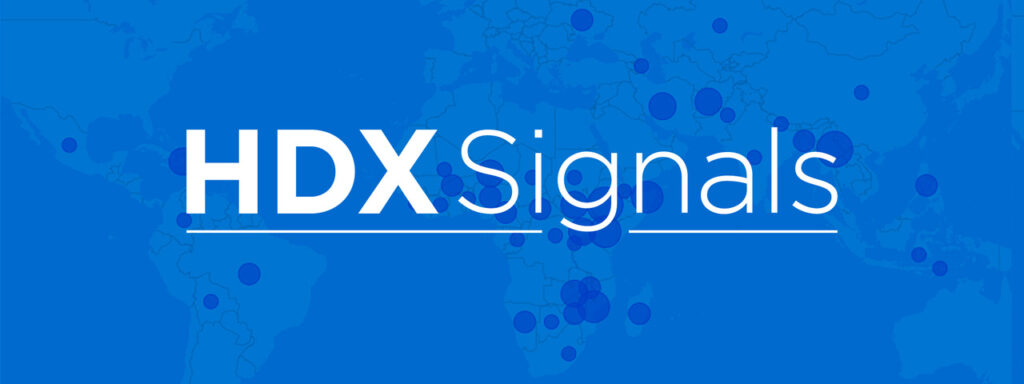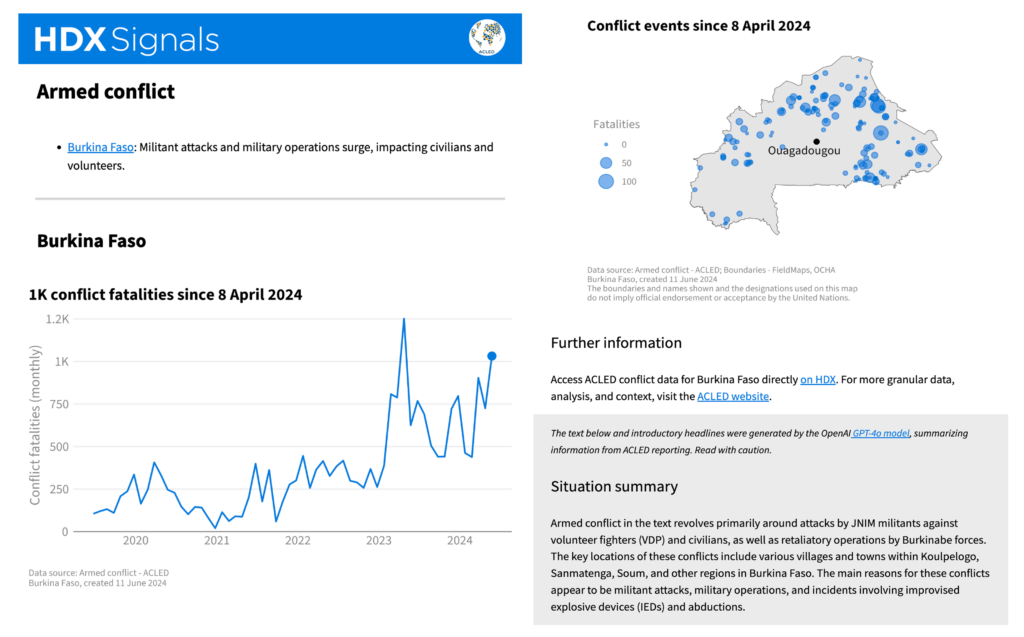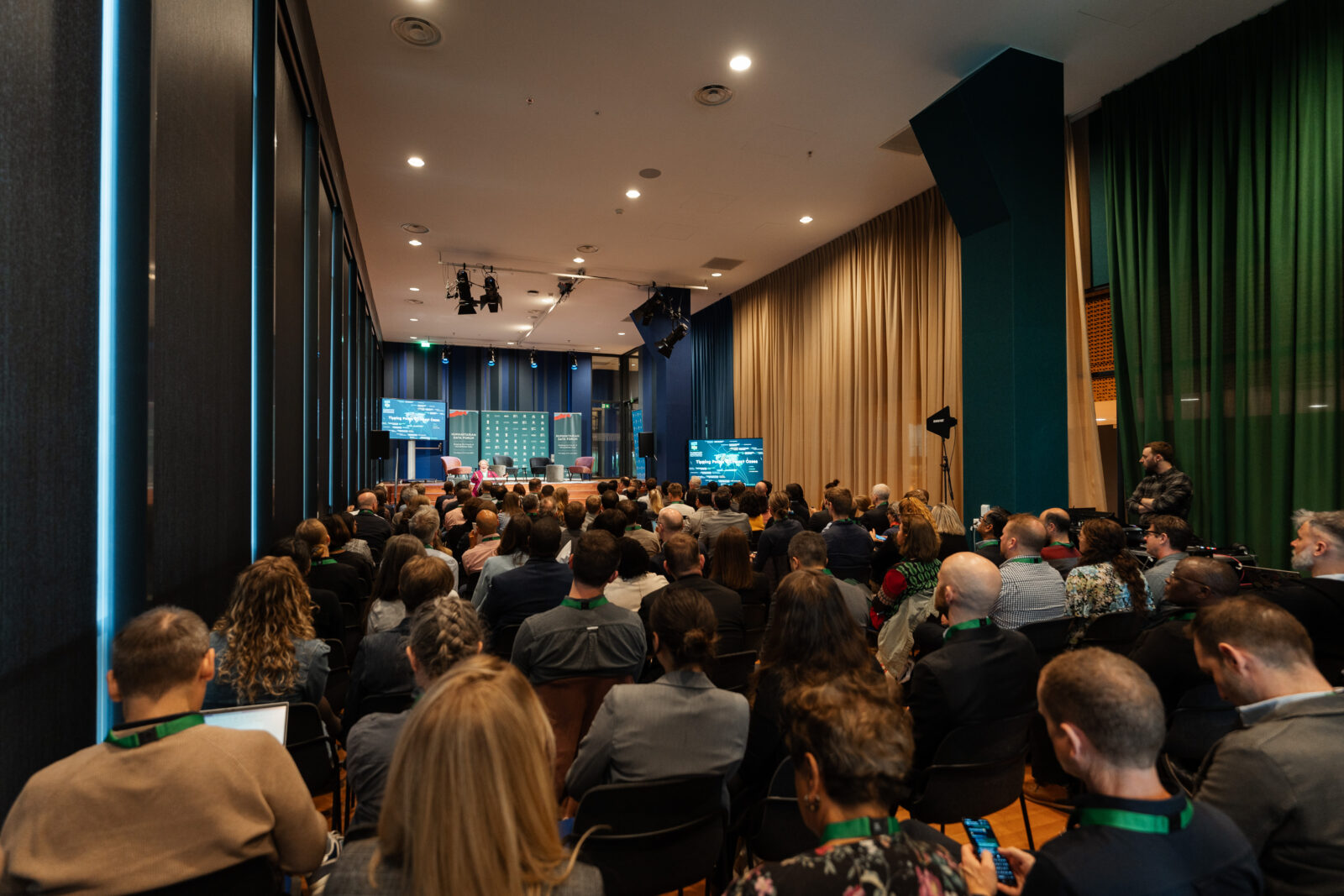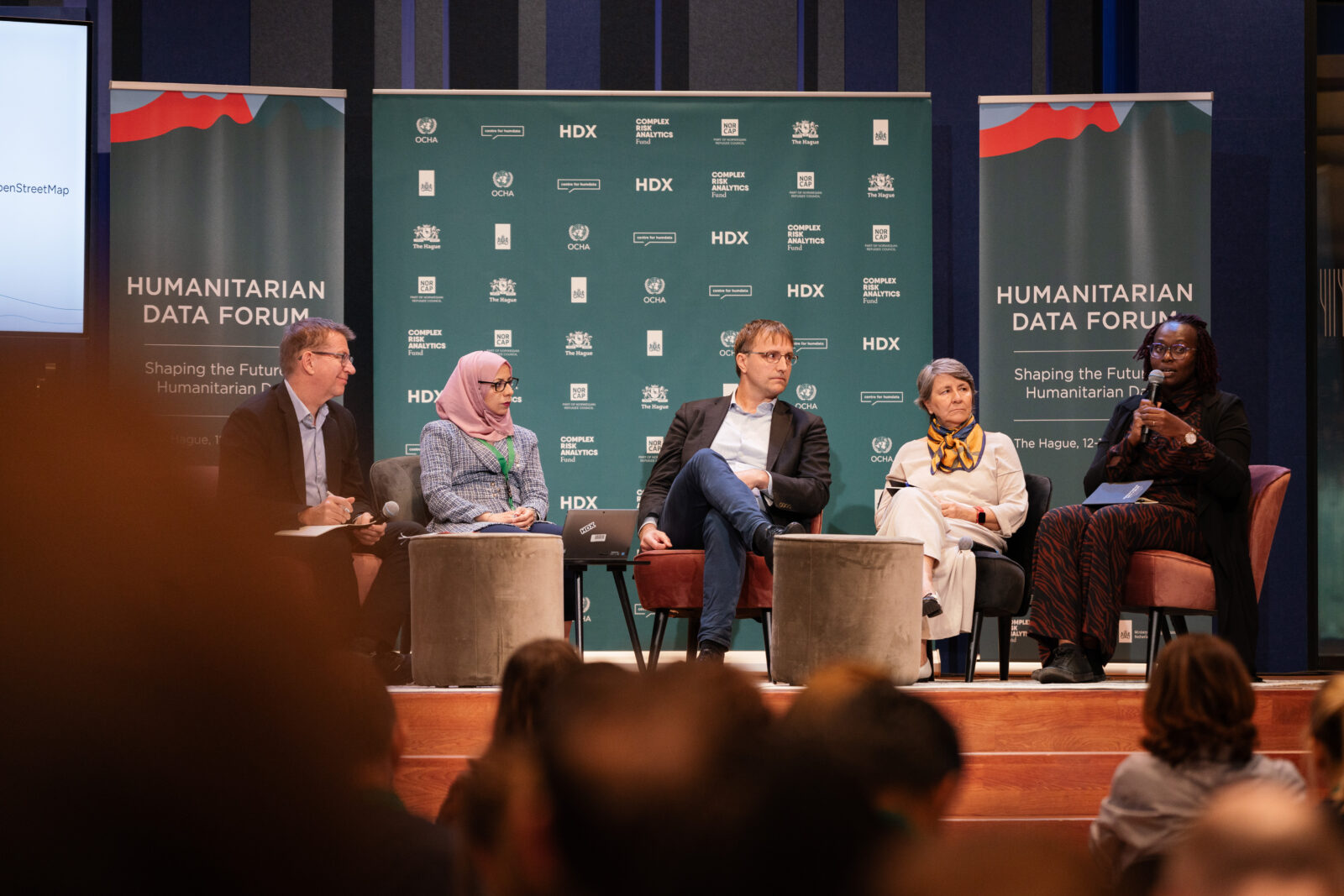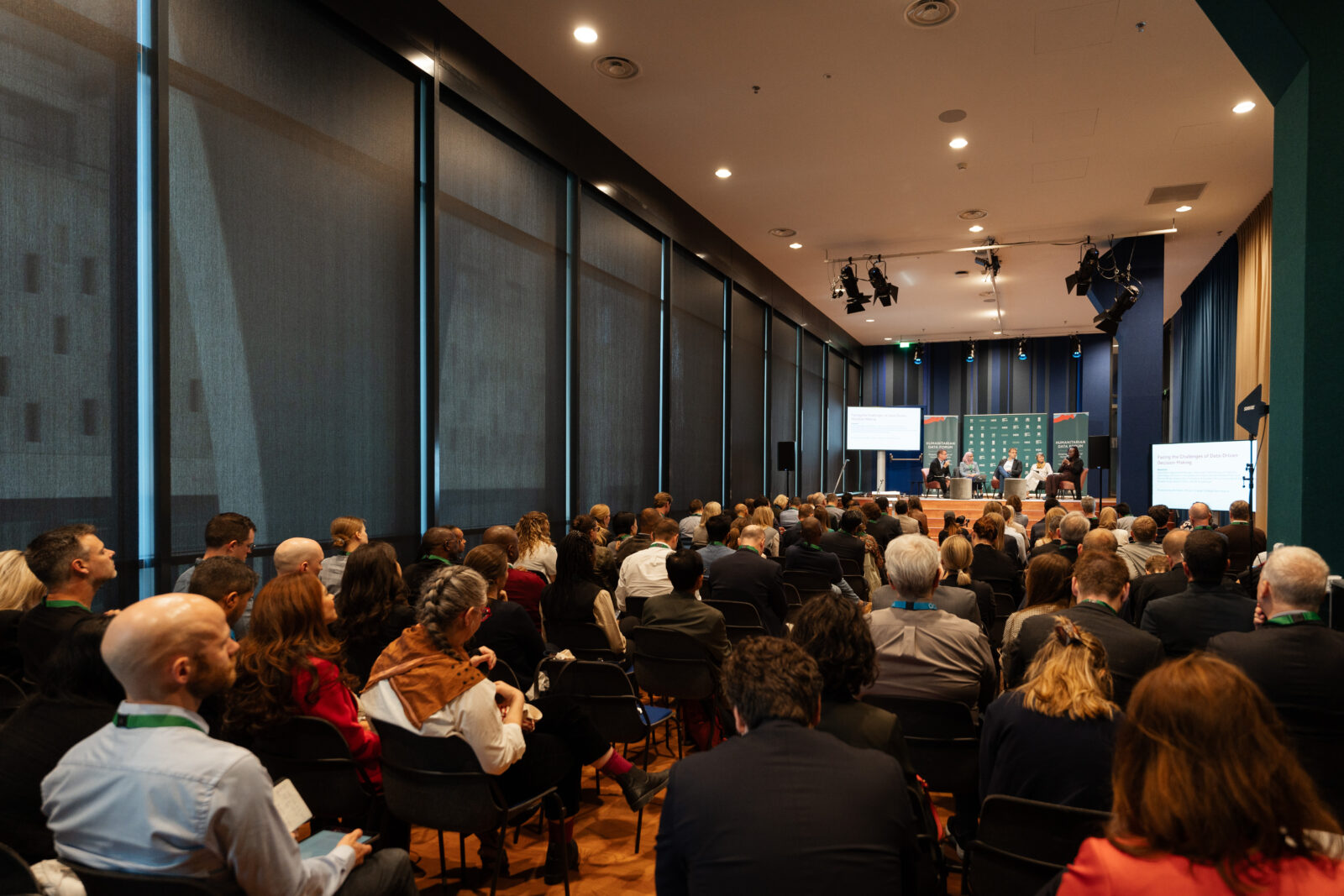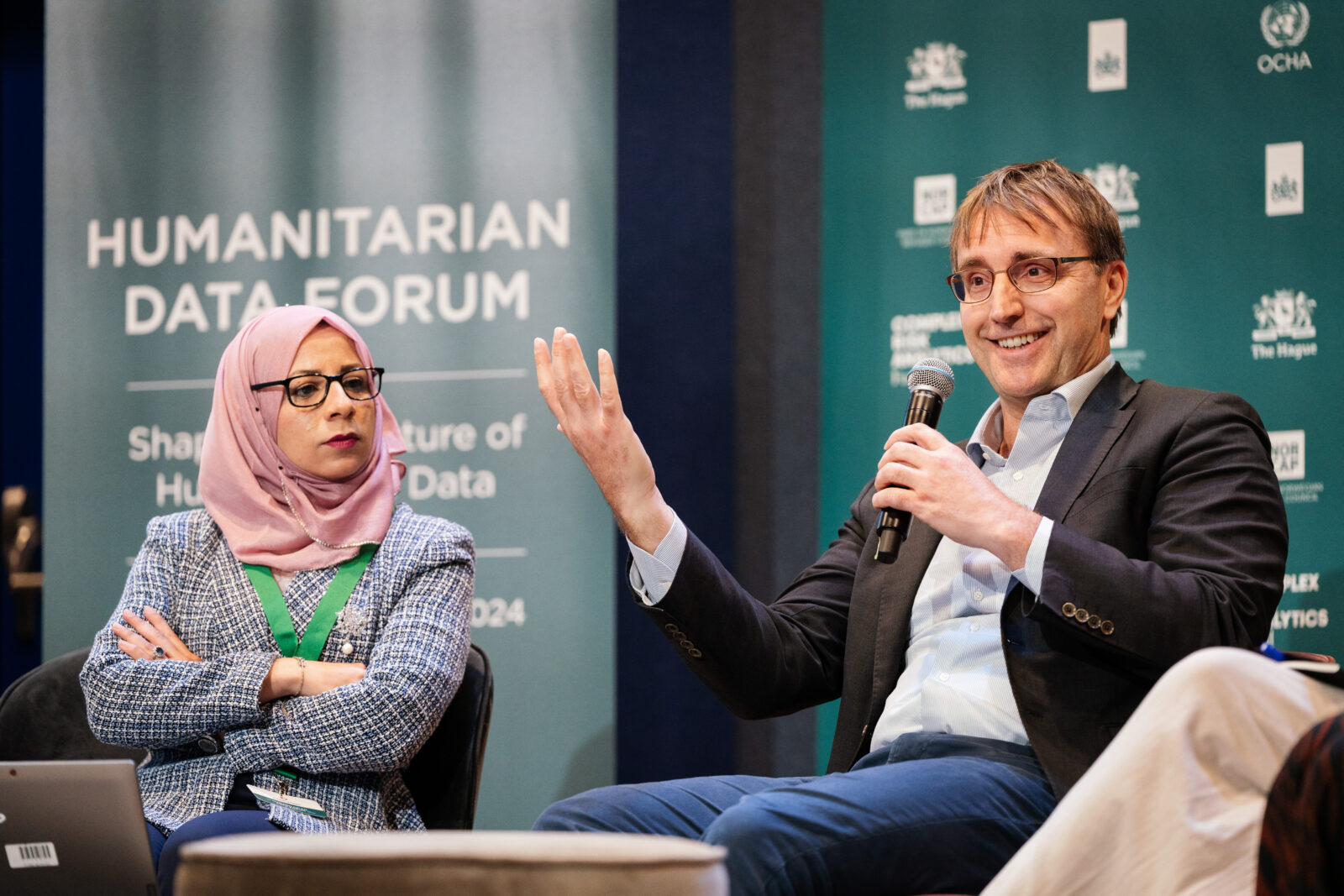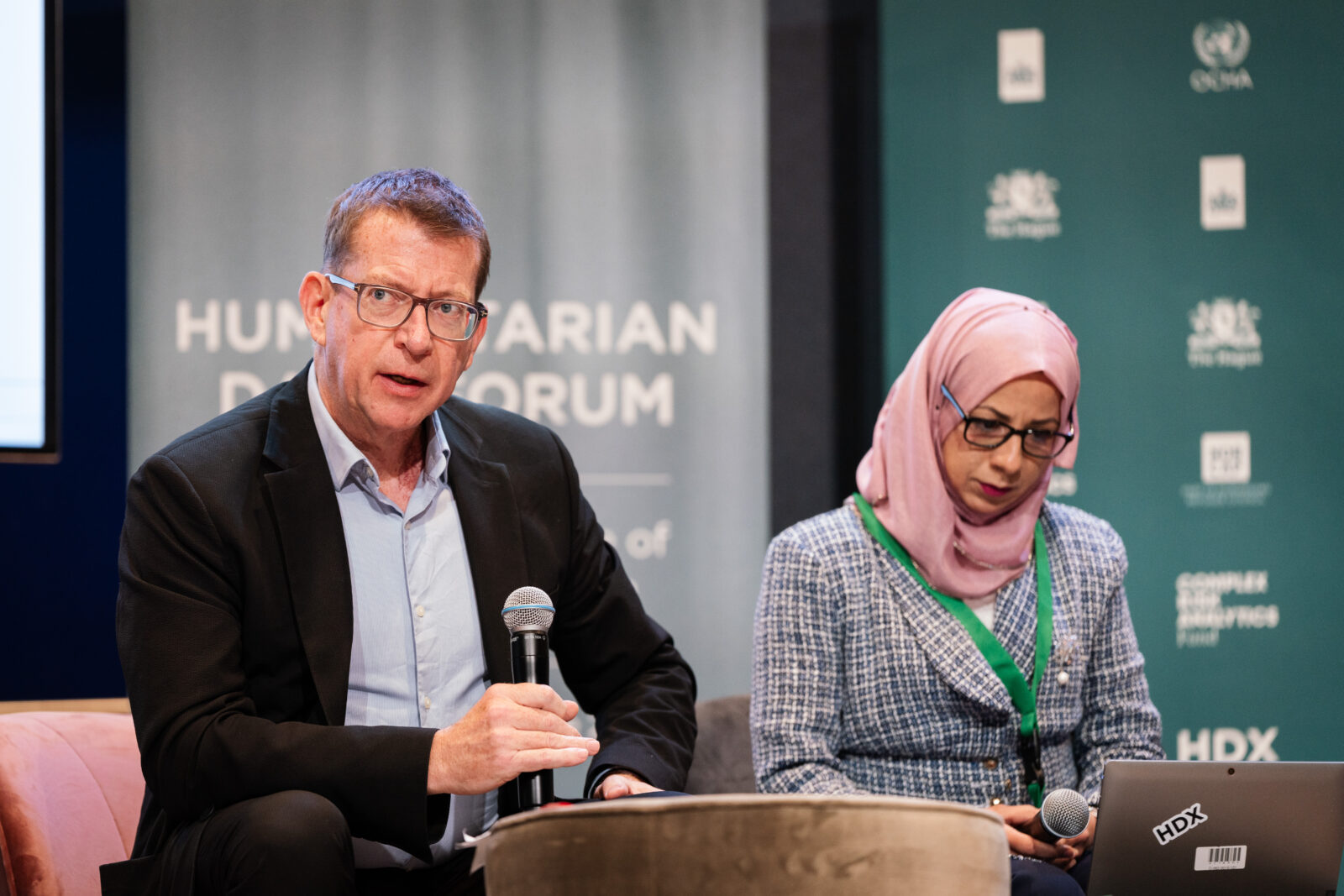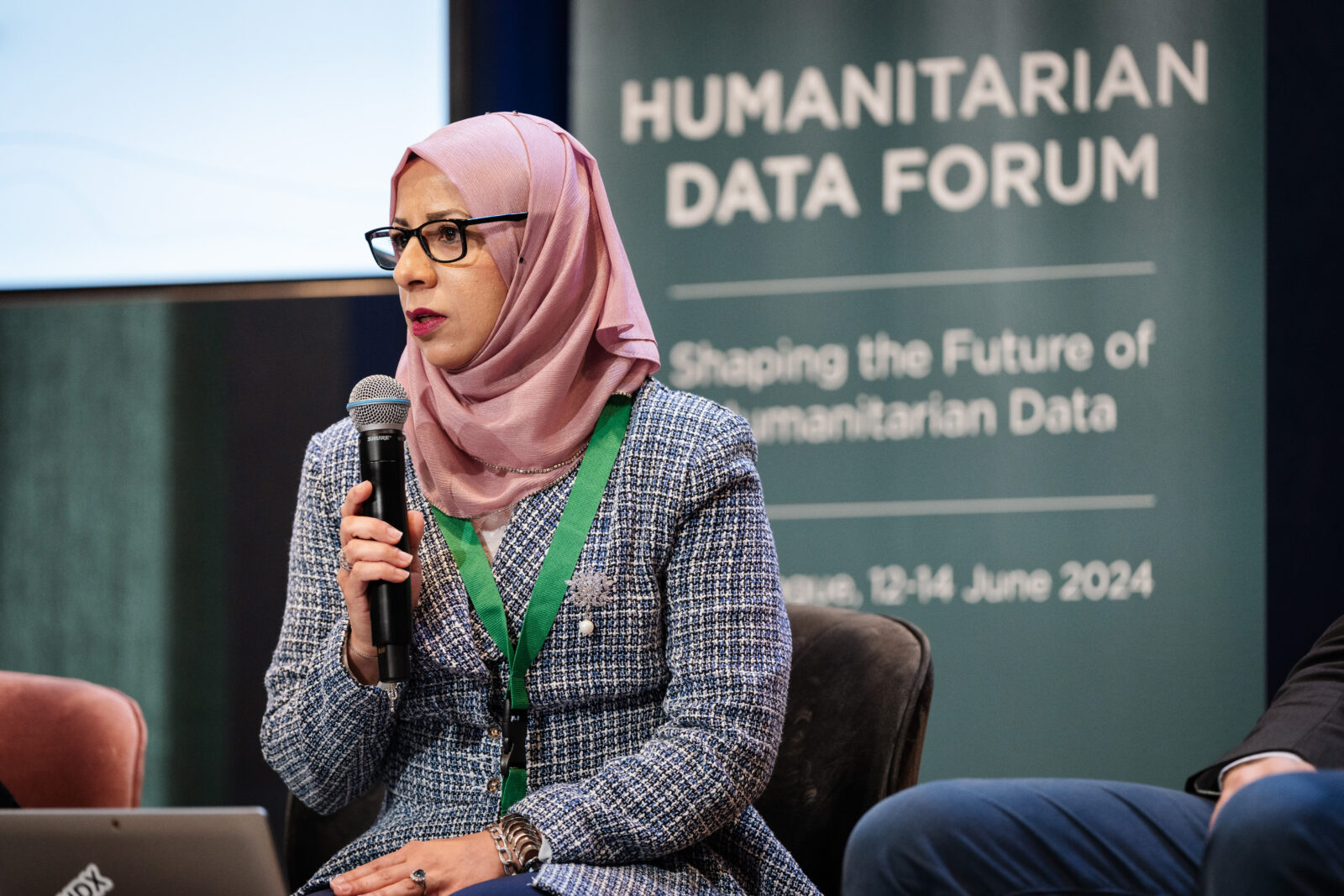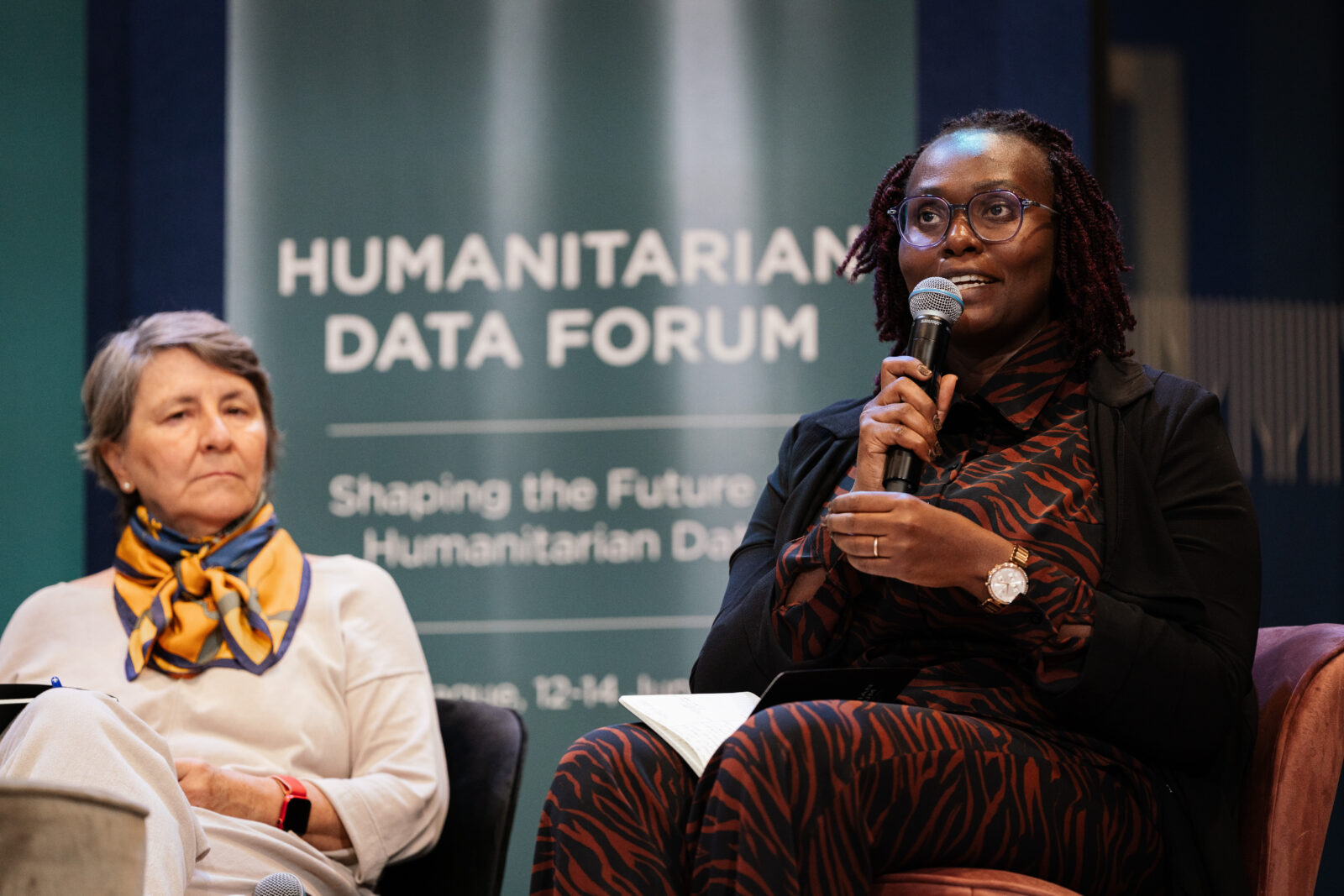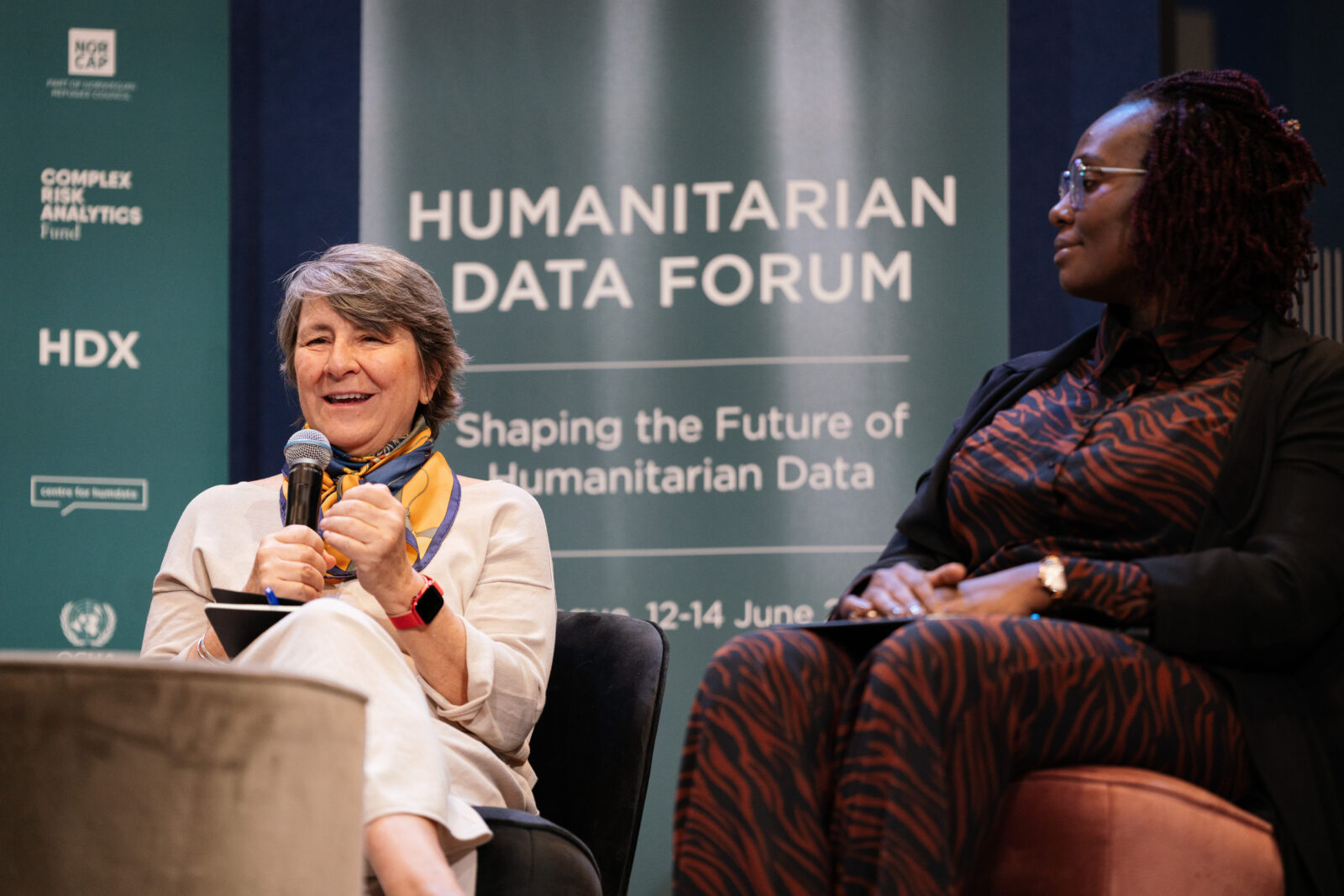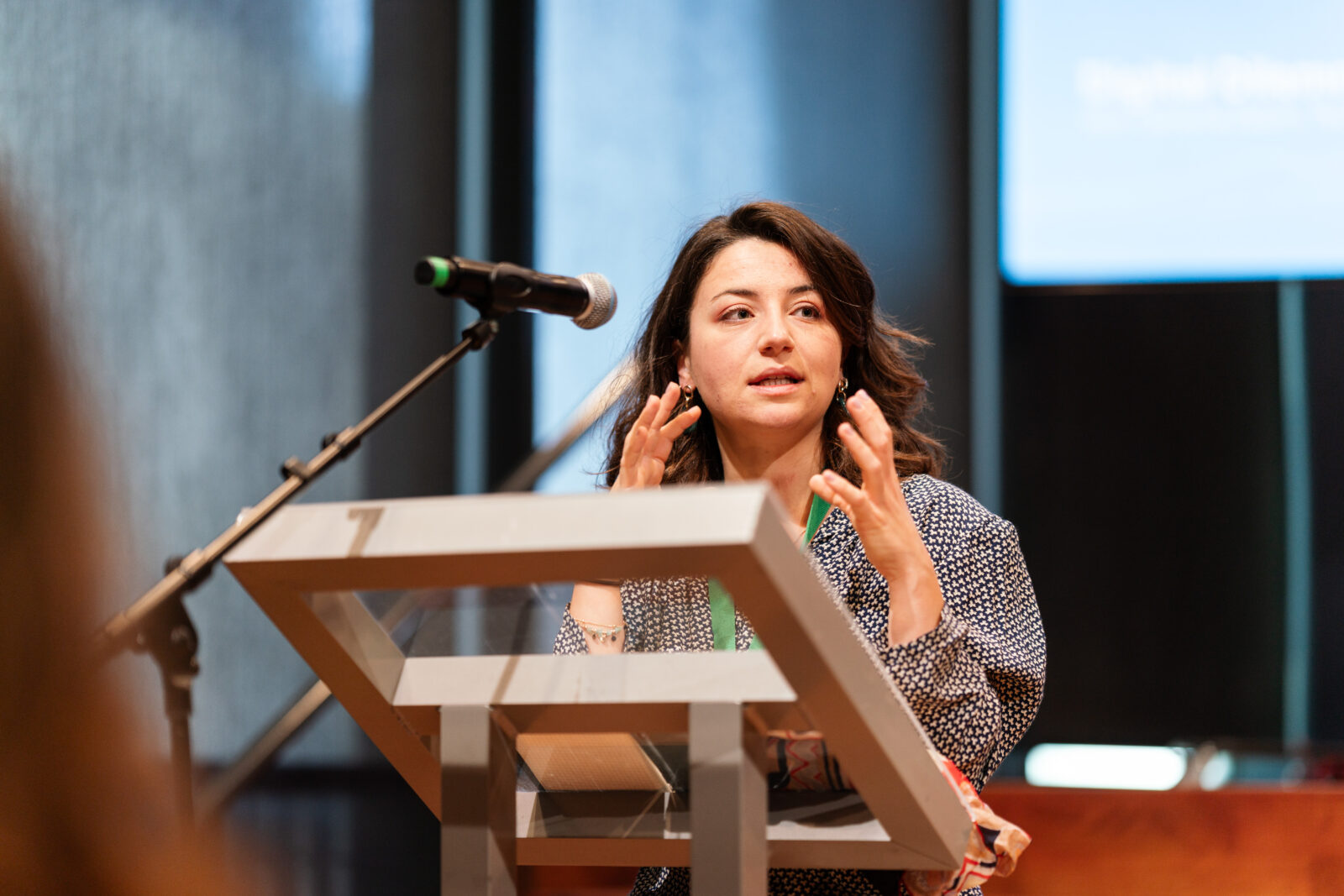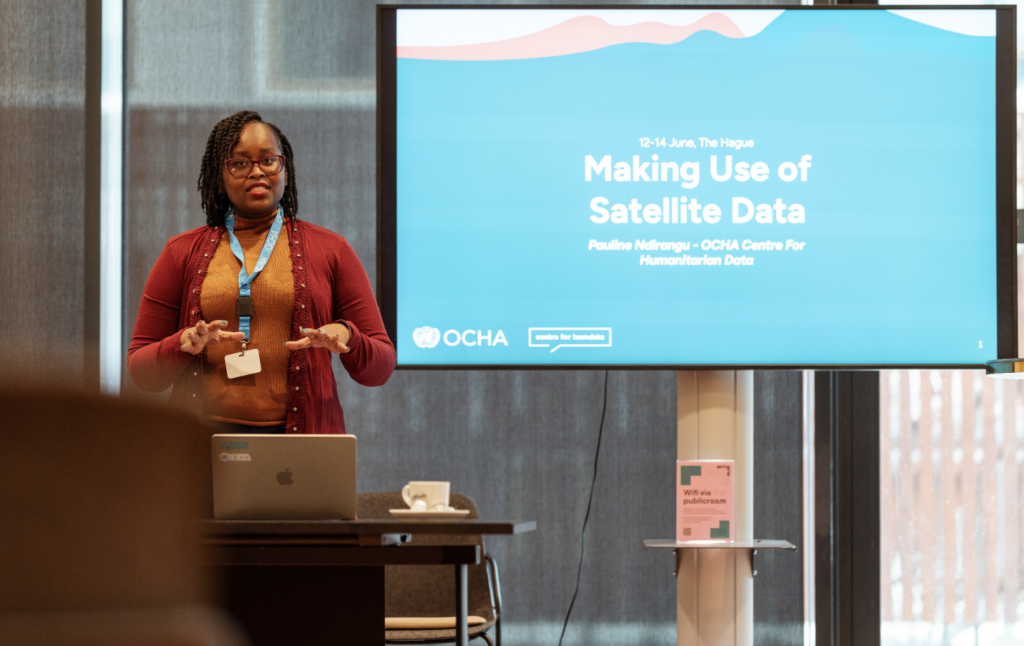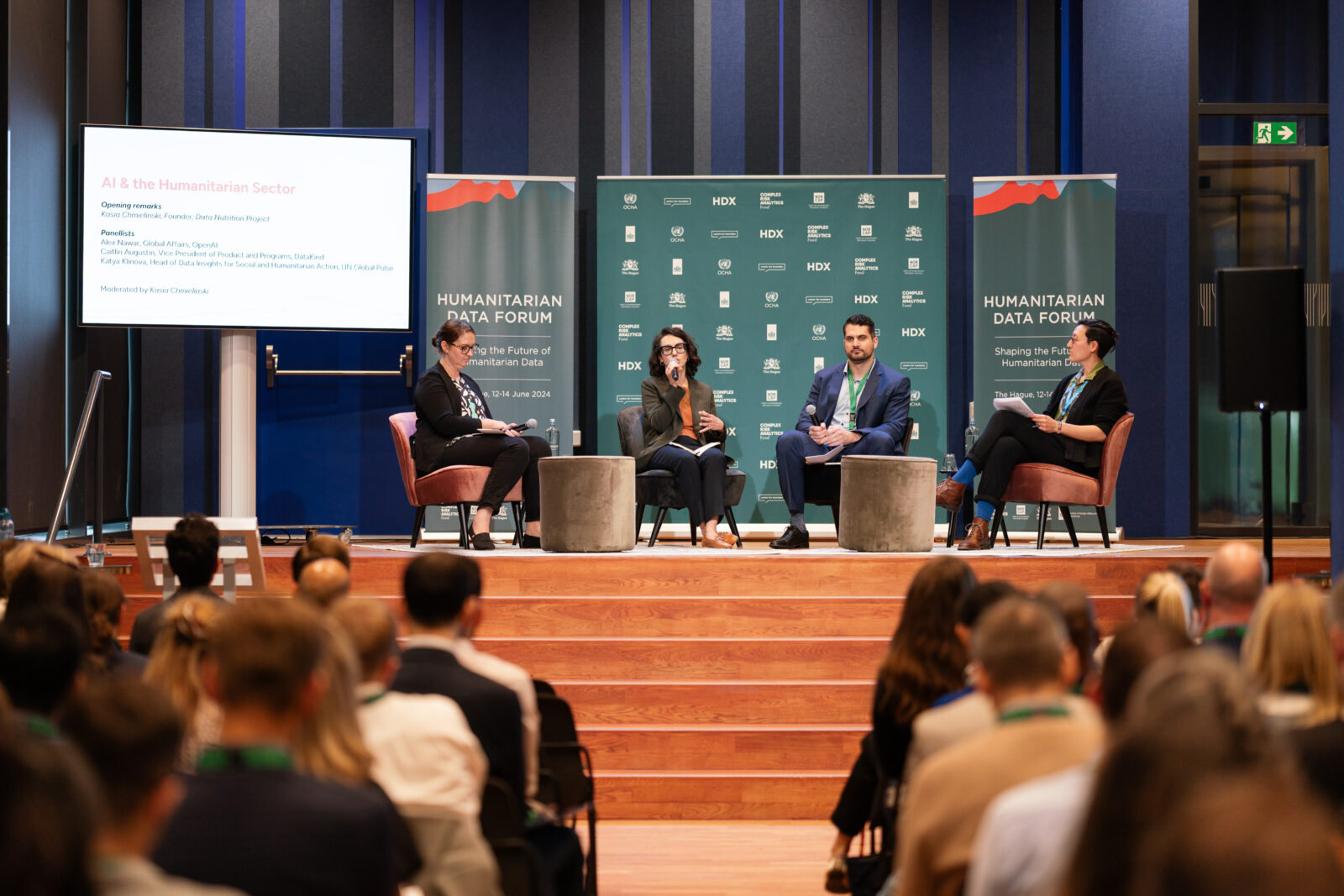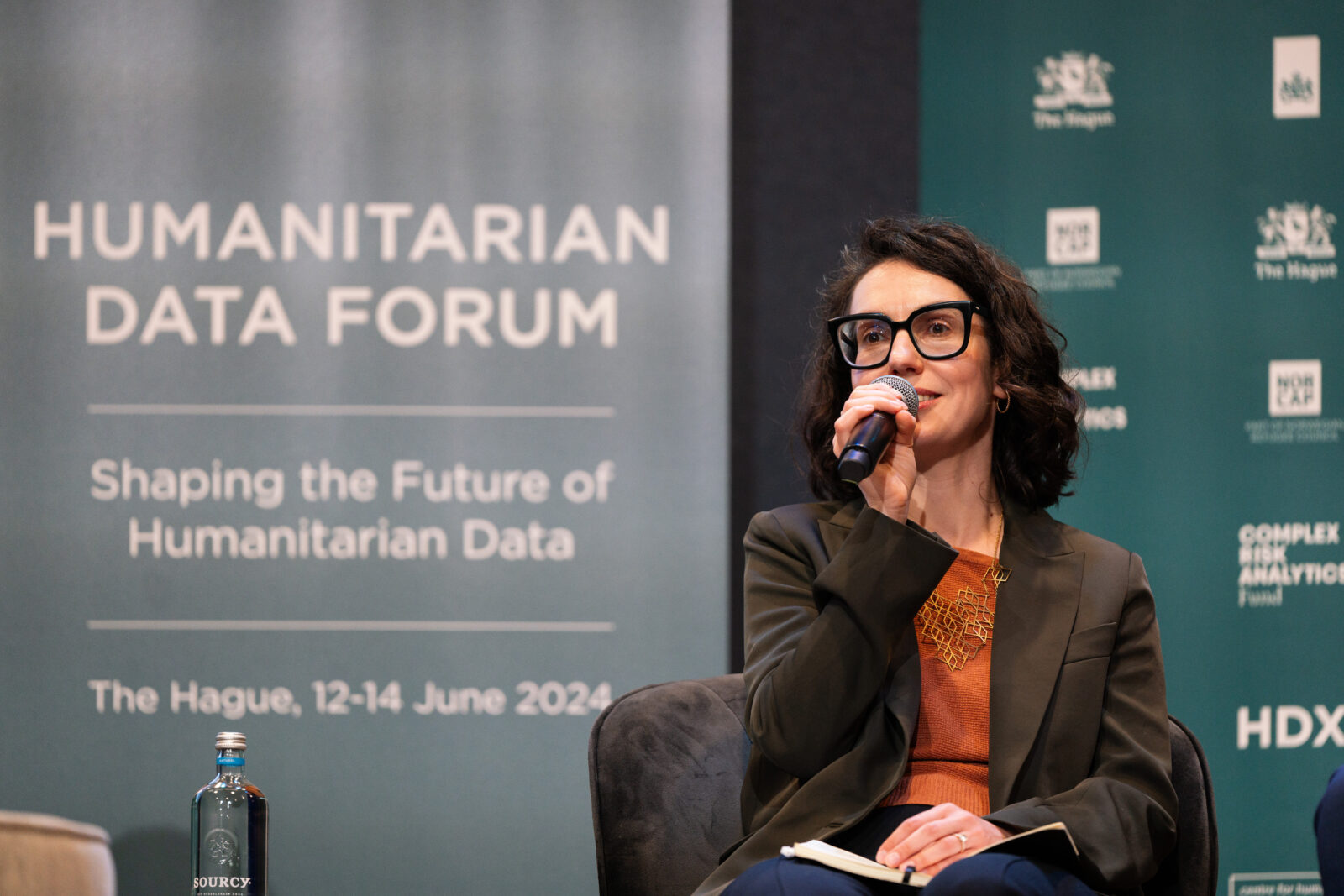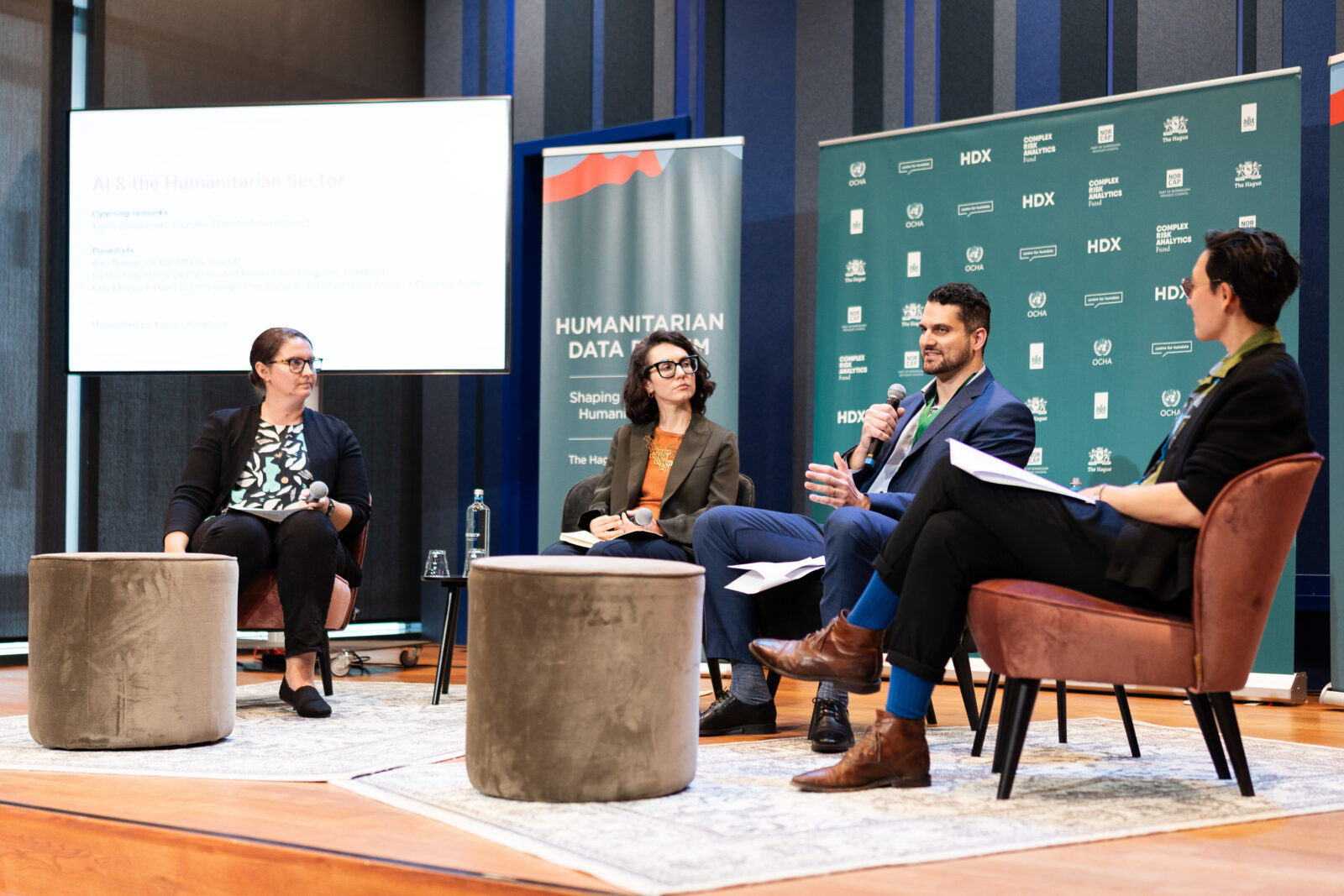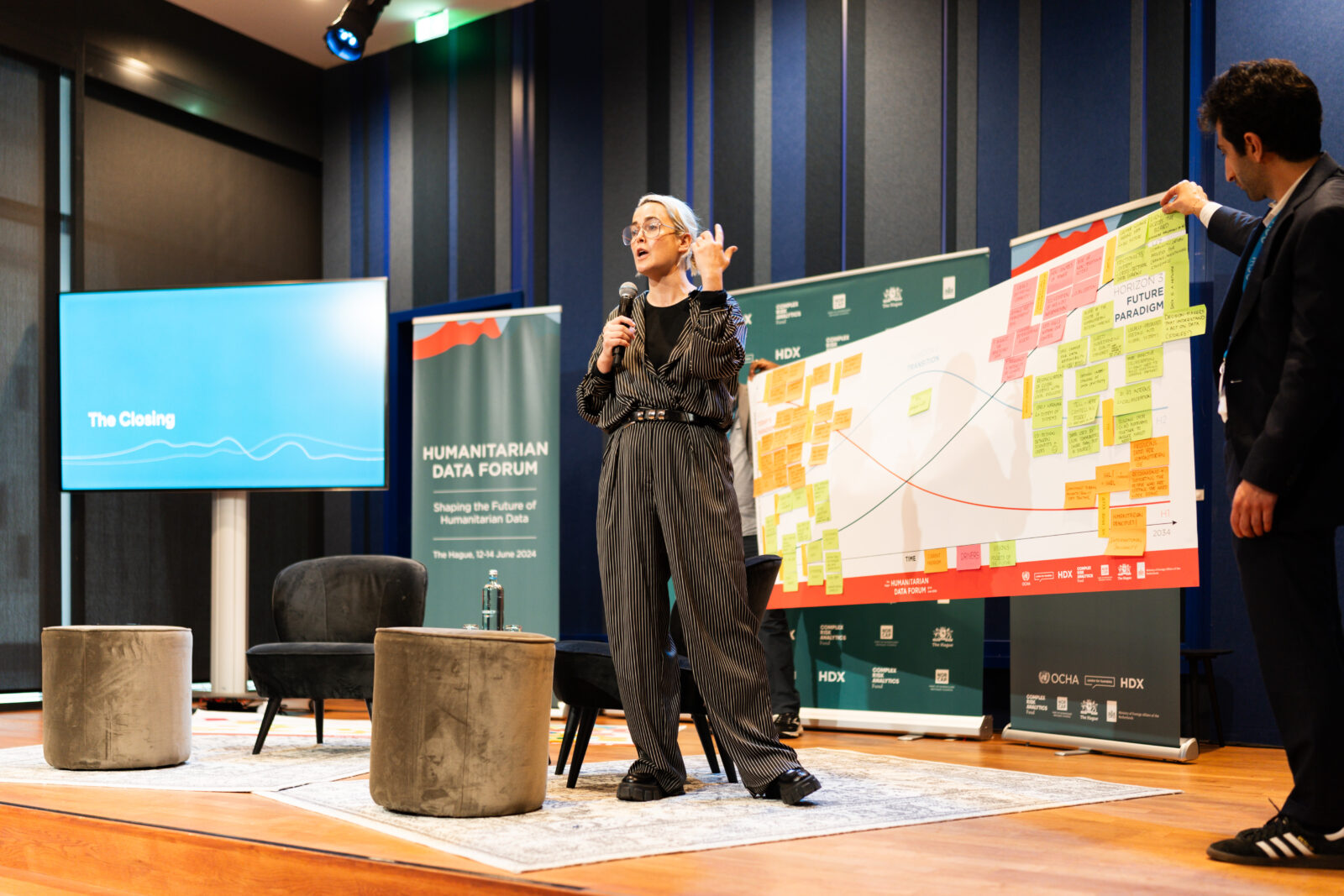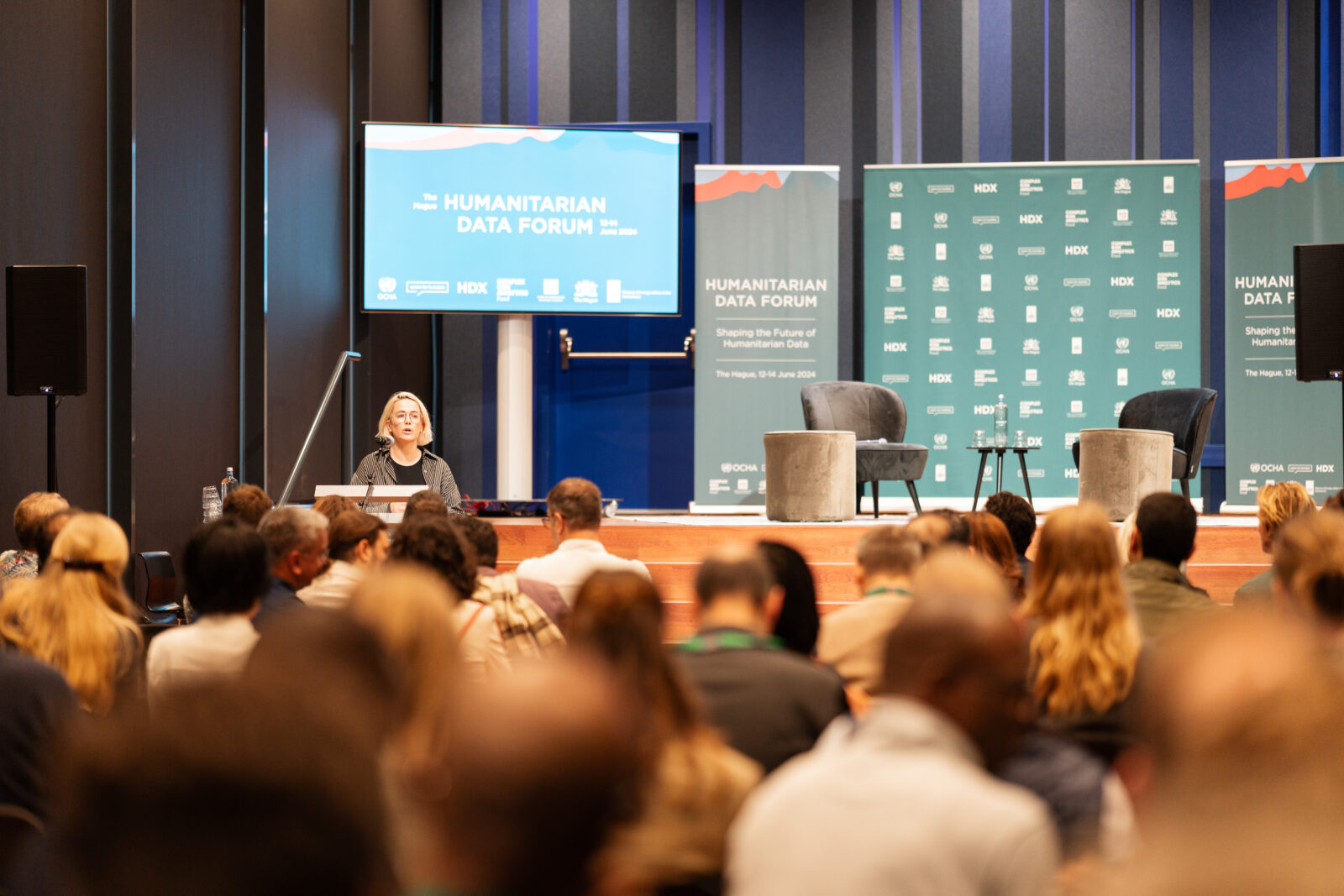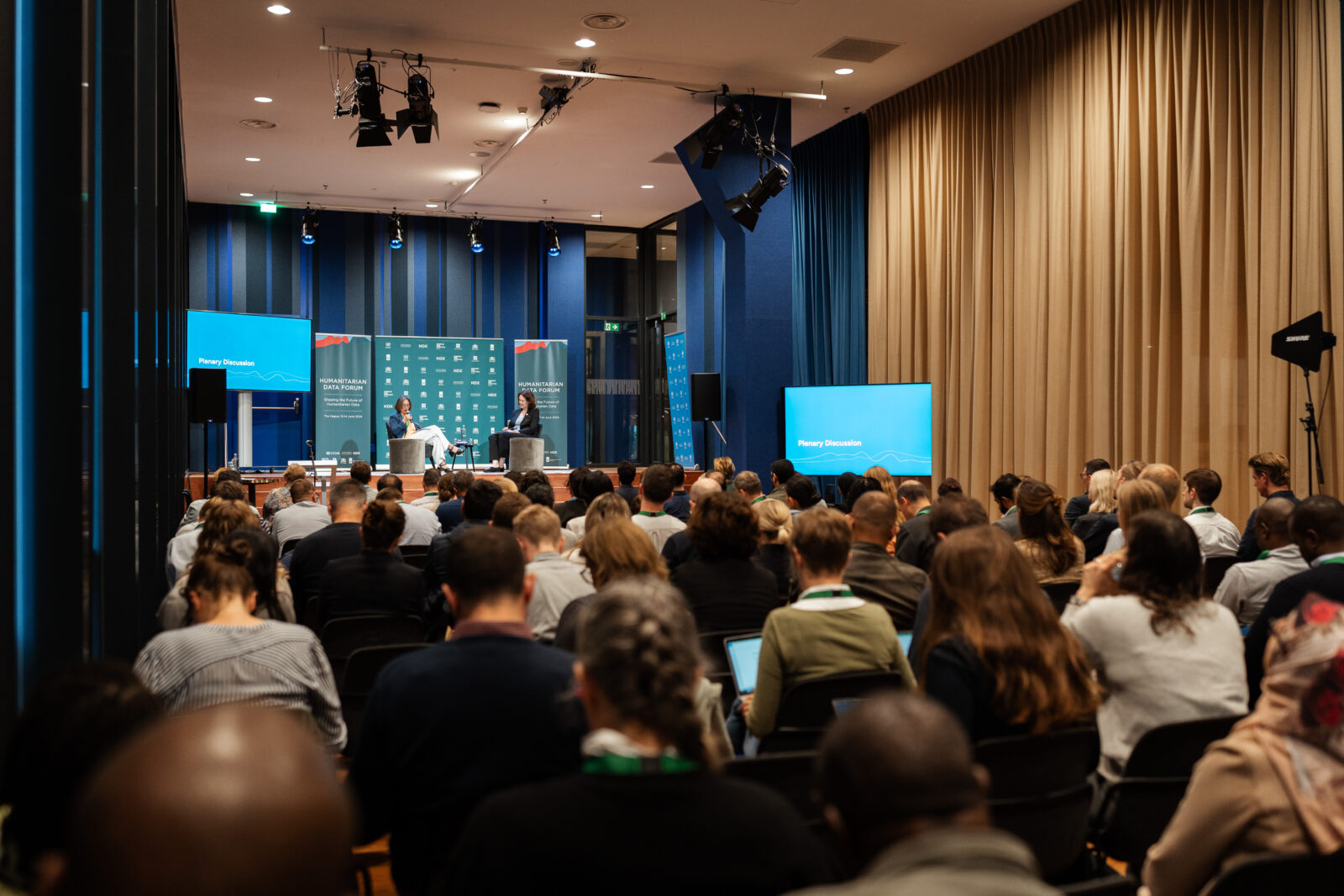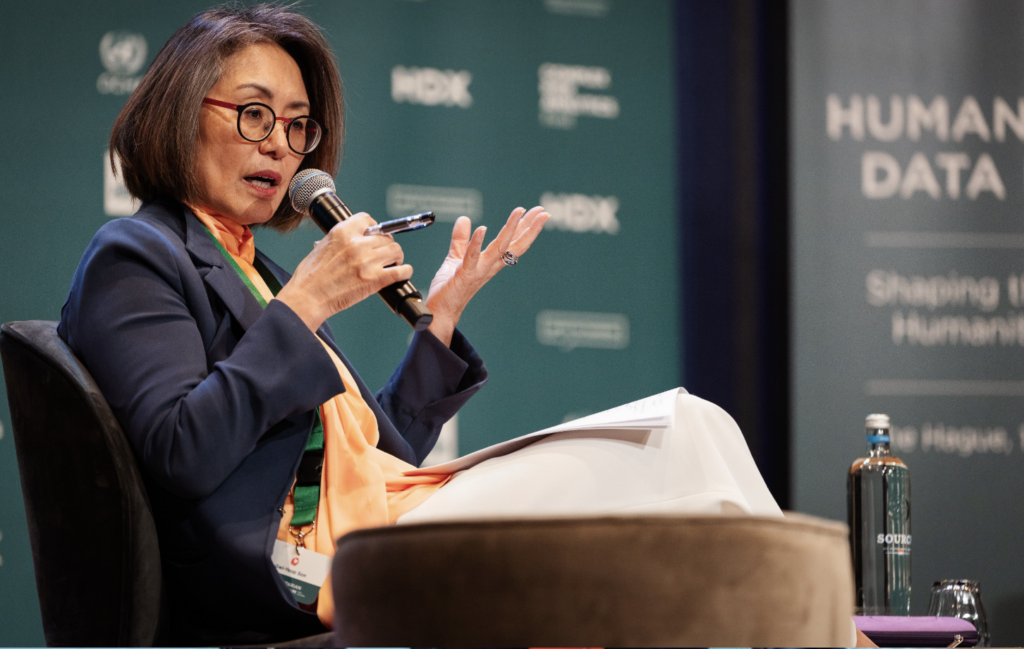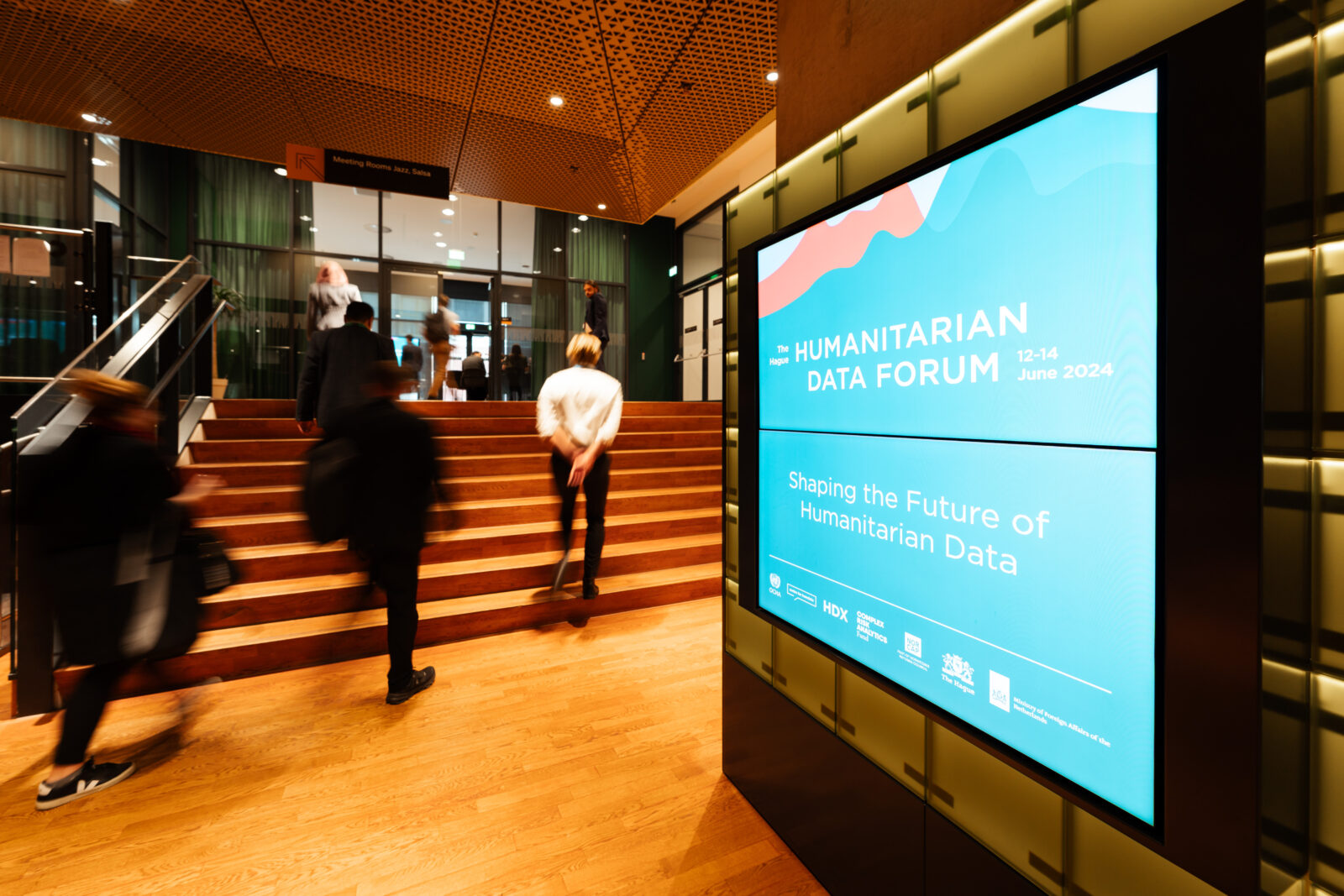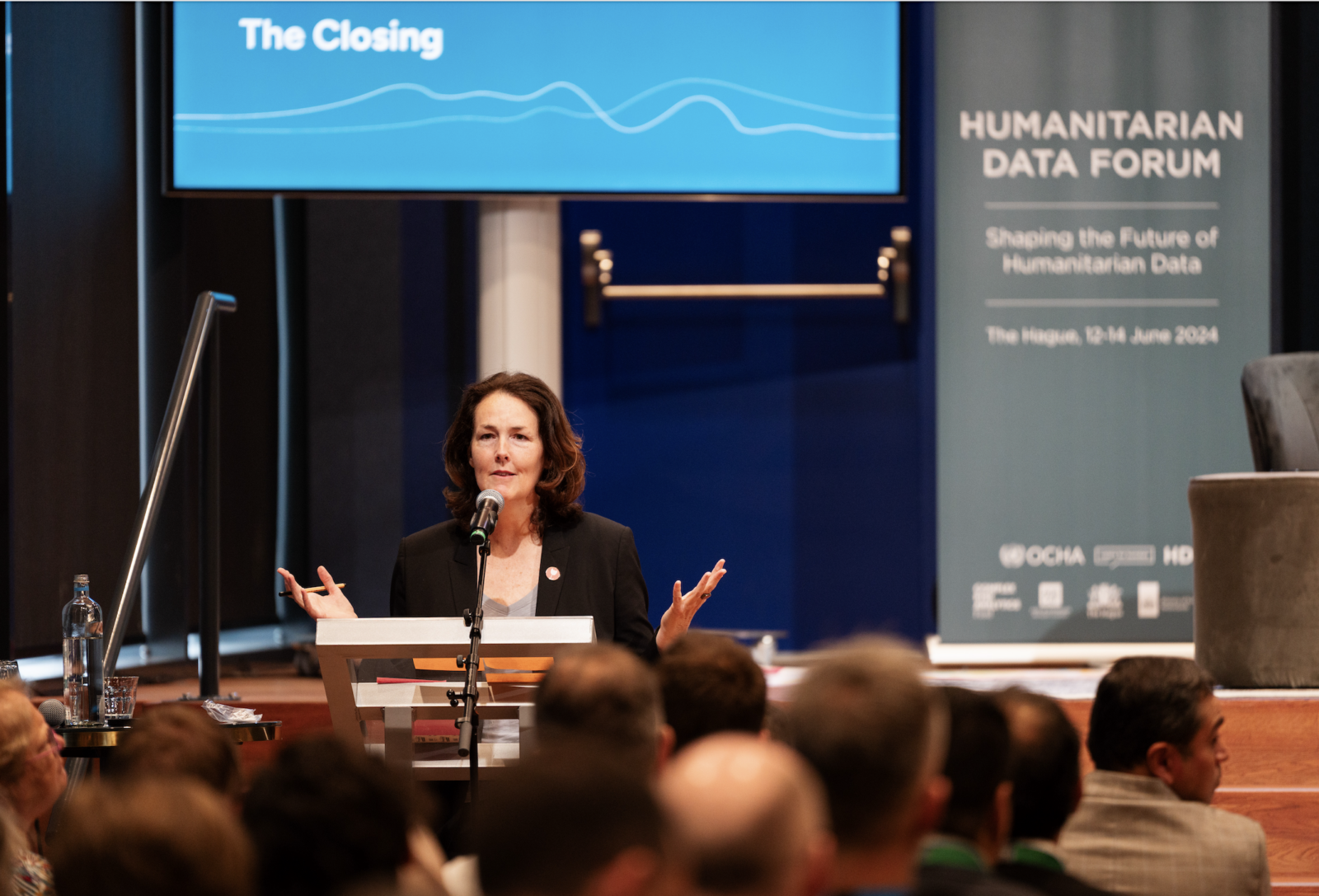Share
HDX Signals is a new product that monitors key datasets and generates automated emails when significant, negative changes are detected. We originally developed Signals in collaboration with our colleagues at the UN Central Emergency Response Fund to help them monitor global trends and situations of concern. After a year of testing and improvement, we are making the product available publicly so that anyone can sign up to receive the alerts.
The 2024 Global Humanitarian Overview covers humanitarian needs and response in 71 affected countries, with over 300 million people in need. Numerous datasets are produced to inform humanitarian response, yet it can be hard to keep track of how situations are changing across time and location. Analysts and policy makers often want to know how the latest update to food insecurity compares to historical trends or where conflict is escalating. HDX Signals is designed to answer these questions.
The current coverage of HDX Signals includes the following datasets, covering over 200 locations:
- Agricultural hotspots from the European Commission’s Joint Research Centre Anomaly Hot Spots of Agricultural Production (ASAP)
- Conflict events from the Armed Conflict Location & Event Data Project (ACLED)
- Food insecurity from the Integrated Food Security Phase Classification (IPC)
- Internal displacement from the Internal Displacement Monitoring Centre (IDMC)
- Market monitoring from the World Food Programme (WFP)
Signals are triggered when deteriorations are detected in monitored datasets. The triggers for each dataset are designed to be simple and easy to understand, such as a projected increase in food insecurity or monthly displacements higher than at any point in the past year. Signals are not generated if the trigger has already been met in the past six months, or if it is related to data updates older than three months. The methodology is documented here.
An HDX Signals email includes a chart and map to understand trends and affected areas, AI-generated situation summaries and further contextual information. Below is an example related to an increase in armed conflict in Burkina Faso in April 2024 based on data from ACLED. See other examples in these slides.
The AI-generated content is produced by passing publicly available information from our sources to OpenAI’s GPT-4o model for summarization. The situation summary is clearly marked and shaded in grey, with text indicating it is AI-generated and where the source of the summarization is from. To check for issues, all email content is reviewed by a human prior to sending, and we plan to regularly spot check AI-generated content for hallucinations.
When signing up, you can select the datasets and geographic locations you are interested in. All of the information contained in these emails, from image links to summary text, are available on HDX so analysts can integrate HDX Signals into their own workflows.
We have created a map with recent and historical signals covering the past 12 months.
Sign up here to start getting signals in your inbox. We will continue to develop the system, and hope to expand the set of monitored datasets in the coming period. However you use HDX Signals, we look forward to your comments, questions and suggestions to help us improve it. Please send your feedback to hdx-signals@un.org.
